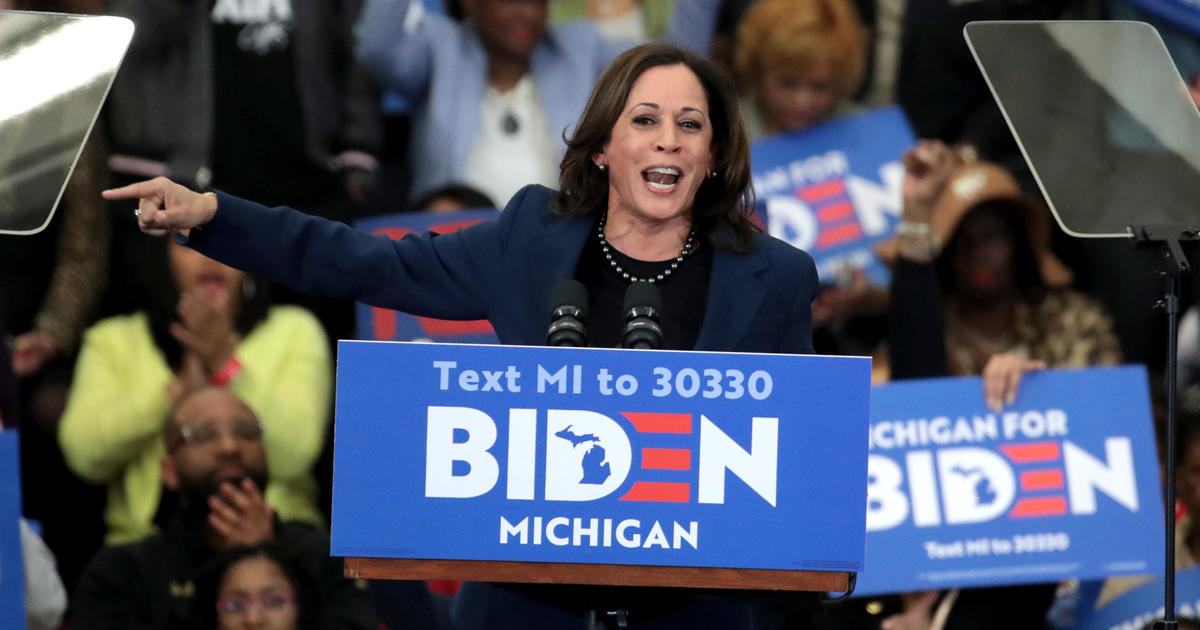We take it for granted in 2019 that the Republican Party is America's primary vehicle for political conservatism, but that was not always the case. To understand how the Republican Party became associated with right-wing politics — and, for that matter, how the Democratic Party became associated with a left-wing, progressive philosophy — it is essential to understand the history of the Grand Old Party.
1. The Grand Old Party actually is not the older of the two major political parties.
The Democratic Party was founded in 1828 and existed, at the time, to promote the ideals articulated by President Thomas Jefferson supporting an agrarian society and a small government to support it. The party's genesis could be traced back to the disintegration of the Democratic-Republican Party, which had briefly enjoyed one-party rule in the U.S. after the Federalist Party collapsed due to a series of controversies. The same year the party was founded, the Democrats nominated and elected their first president, Andrew Jackson, who
updated Jeffersonianism to the conditions of an increasingly industrialized America.
Twenty-six years later, in 1854, the Republican Party was founded. Like the Democrats, they rose phoenix-like from the ashes of a recently disintegrated party — the Whigs. However, this time they were devoted not to a single man's ideology but rather to a cause — in this case, restricting the expansion of slavery into states and territories where it did not already exist. In addition, it took the Republican Party six years before it elected its first president. When Abraham Lincoln won in the 1860 election, southern opposition to his impending administration resulted in the Civil War.
2. We can start in 1912.
The terms "liberal" and "conservative," it must be stressed, are somewhat anachronistic here. This is in part because ideology was not defined in the same way in the 19th and early 20th centuries as it is now — in part, because each party held positions that some would consider liberal and some that would be considered conservative; and in part, because both parties were more ideologically diverse than they are today.
Nevertheless, as a rule of thumb, it can be said that from the end of the Civil War to the years immediately before World War I,
Republicans were more likely than Democrats to support national economic policies that invested in infrastructure and provided relief to the poor. They were also, as the party of Abraham Lincoln, more likely to decry discrimination against African-Americans, although they also abandoned the genuinely progressive racial policies of the post-Civil War era known as Reconstruction after selling out the freed slaves
to elect Rutherford Hayes in 1876. At the same time, Republicans were often far less kind to immigrants than Democrats, more inclined toward overly-religious stances on social issues like prohibition, more likely to support imperialistic foreign policies and — on many occasions — were less sympathetic to labor unions, instead associating working class interests with issues like protective tariffs.
The switch to Democrats being liberal and Republicans being conservative was gradual. Some
historians place the Republican Party's turn to the right as early as 1912, when former President Theodore Roosevelt led a progressive bolt due to the perceived conservatism of incumbent President William H. Taft on a number of economic and social matters. Insofar as the 1912 Republican schism led to a party that produced presidents like Warren Harding and Calvin Coolidge — who were closer to the strictly small government, pro-business mentality that is today associated with the GOP brand — that election was indeed a turning point for the GOP. Then again,
the Democratic Party had not yet become firmly associated with liberalism; former presidents like Woodrow Wilson in 1912 and 1916 and candidates like John Cox in 1920 and Al Smith in 1928 were weird hybrids of liberalism and conservatism, while the 1924 candidate John W. Davis was outright conservative.
3. The first milestone year in the history of the Republican Party's shift toward conservatism is 1932.
On the other hand; what happened in 1932 was a paradigm shift in how each party defined itself. Democratic presidential candidate Franklin D. Roosevelt was elected to the presidency over his Republican opponent, the incumbent president Herbert Hoover, mainly by avoiding definitive ideological statements and banking on the fact that Hoover was being blamed for the Great Depression. Yet, because Hoover's administration was associated with an economically conservative approach toward fighting widespread poverty (he was more interventionist in economic matters than his immediate predecessors, Harding and Coolidge, though hardly liberal by post-FDR standards), Roosevelt was widely viewed as the more liberal candidate — and once his victory was secure, he lived up to that reputation.
Upon taking office, Roosevelt's New Deal program quickly became associated with a bold interventionism in the economy that appealed to progressives and turned off conservatives. Soon a so-called New Deal coalition was formed comprised of blue collar workers, farmers and the poor in general, as well as intellectuals and various marginalized minority groups (racial, religious, ethnic). While initially these groups gravitated toward the Democratic Party because of dissatisfaction with Hoover's performance and the perception that Roosevelt had done a better job of leading the party out of the Great Depression, Democratic leaders gradually became more open to innovative ideas and more sensitive to the plight of economically and socially marginalized people, as those constituencies were crucial to its hold on power. The Democrats were still held back by the reactionary tendencies of its southern conservative wing — which, aside from some minor defections in 1928 to protest the nomination of the Catholic Smith as the party's standard bearer, remained loyal to the party — but within a generation that changed because...
4. The second milestone year in the history of the Republican Party's shift toward conservatism is 1964.
Of all the candidates to be nominated by a major party for president and ultimately lose, none have been as influential as Barry Goldwater. The Arizona senator stood for keeping the government as small as possible, promoting the interests of business by dismantling the New Deal and being extremely hawkish in foreign policy to defeat communism generally and the Soviet Union specifically. He was also, on racial issues, quite regressive, opposing the key civil rights legislation of the 1960s that allowed African Americans to attain full legal equality. These positions became the cornerstone of subsequent Republican ideology; the only element left out in 1964 was the brand of Christian right conservatism that would be infused into the party's philosophical brew in the 1970s.
Goldwater's positions didn't only make him popular within the south and among conservatives throughout the land; it simultaneously alienated the Republican Party's liberal wing, which had retained some measure of influence in the organization prior to the 1964 election. As a result, although Goldwater lost to President Lyndon Johnson in one of the biggest landslides of all time, he left an indelible imprint on the Republican Party, one that future Republican presidential nominees had to be mindful of in the future. From that election onward, the terms "liberal Republican" and "conservative Democrat" officially referred to rare birds in the American political aviary.
5. Ronald Reagan's presidency was also a game-changer.
Ronald Reagan was the third Republican president to serve after Goldwater's nomination — the first two were Richard Nixon and Gerald Ford — but the first to take Goldwater's philosophy and implement it in a politically successful way...







